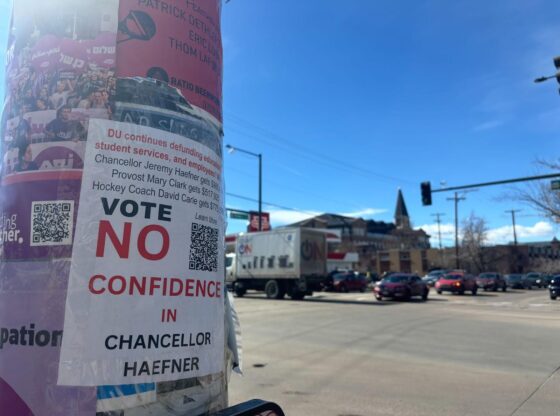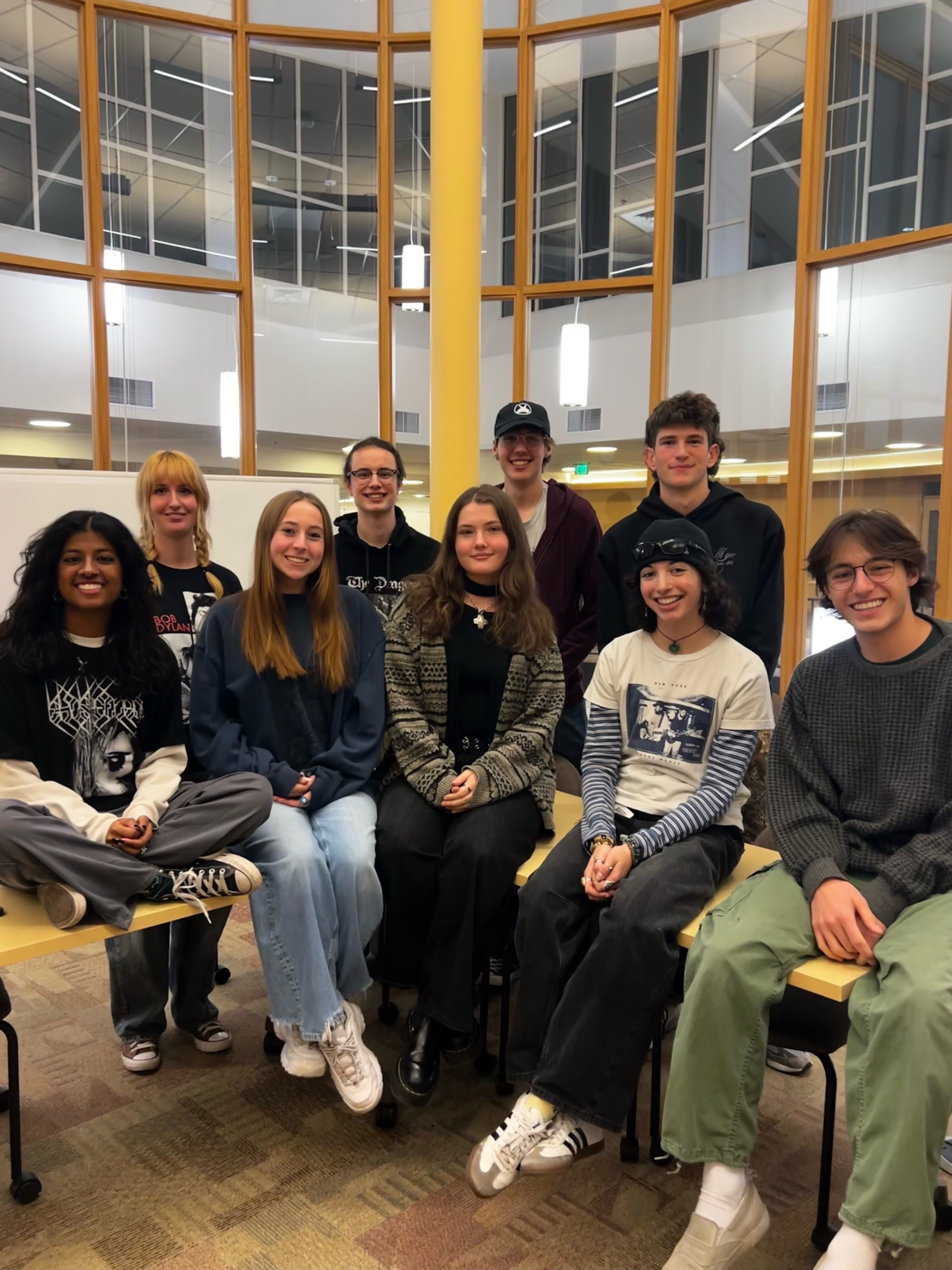Dear Editor,
Registration time brings out a major problem at the University of Denver. There is an organization within the university called the Learning Effectiveness Program. This program is around to help learning disabled kids. This is a eminent program for kids that actually need it, but many DU students are taking advantage of this program.
One of the perks that LEP offers is not the free tutoring or that option to meet with a lot of advisors, but registering early for classes. Now, of course there are many circumstances why this would be beneficial for kids with these problems. They are able to pick the best schedule for them so they can learn the best, although many kids are taking advantage of this option. There is no way that a student with Attention Deficit Disorder, ADD, should be able to register for classes early. ADD is a disorder that many people have. It is so common that many people have it and don’t even know about it. What happens is that if you have ADD it is sometimes hard to stay focused. So does it make sense that a student with ADD should be allowed to register for classes early, no.
There are many kids, I know a few that are in this program and have ADD and attend no tutor sessions or required meetings and are only in the program so they can get whatever class they choose. I am sure that many DU students have attended many of the major amusement parks in the country. What they are selling now are cards that allow the ability to cut the line of the rides. Is this not what DU is doing? One of the major parks that has revolutionized this idea is Universal Studios in Orlando, Fla. This pass, costing $50 more allows anyone with the pass to cut to the front of the line, making the amusement park visit entertaining and practical, you get the chance to go on more rides.
This is what LEP is turning into. You shell out some ridiculous amount of money a quarter to the university and then you get to cut in line and get classes that are needed. This is not fair. Every student at DU pays the same amount of tuition. It is not fair that kids pay 30,000 dollars a year to take classes that they really don’t want to but are forced to because every other class is full.
College is where you come to get an education, and have the ability to pick your classes. But here at DU, kids not in L.E.P are forced into taking classes that no one else wants. So instead of learning about globalization or the ideas of Marx, I am forced into taking classes that I am not interested in. Although there are many problems that deal with the University of Denver, I feel that this is the problem that the university needs to change.
This is an injustice to “normal learning kids.” Once again we are seeing this common trend in society moving to our university, if you have money, you can pretty much get and do whatever you want.
Matt Brennan
Editor’s note:
LEP students pay $900 per quarter in tuition to enroll in the program.
DEAR EDITOR,
The article, “Capital Punishment is Wrong,” is a well researched article. However, any good article that portrays such a strong message should include the counter argument. Capital punishment is a great instrument of American justice. You mentioned that the death penalty is a violation of human rights. Well, more than likely the person on death row violated someone’s rights by committing a horrendous crime against them. We cannot afford to let criminals, who commit a murder or act of terrorism, live. Executions today have so many safeguards against executing an innocent person that a mistake of this caliber seems unlikely. Responsible executions have and will continue to serve justice in 38 states. Paul Cassell said it best, “The mistaken release of guilty murderers should be of far greater concern than the speculative and heretofore nonexistent risk of the mistaken execution of an innocent person.”
Tim Hook
Dear Editor,
After returning from the annual Ryan White National Youth Conference on HIV/AIDS, I was curious to see the publication of “Real horrors of HIV glossed over.” Initially, I was glad to see an article about such an important issue. However, my final impression was not as positive.
As a student and devoted member of the community, I have a goal to educate others about HIV and AIDS. First, HIV is not medically classified as a “100 percent fatal” disease, but rather a chronic disease. If detected and treated early in its stages, HIV can be controlled for an extensive period of time. With advances in antiretroviral therapies and new developments to counter the viral mutations, the face of HIV is very different than it was in the 1980s. It is the availability and disbursement of these medications that is a problem.
The second issue I would like to clear up from the editorial is that of ignoring the term AIDS. Throughout the article, HIV was made synonymous with AIDS. AIDS is the last stage of the HIV virus; a patient with HIV is diagnosed with AIDS when an opportunistic infection (such as meningitis and pneumonia) takes advantage of the weakened immune system. It is at this point that the disease is often fatal.
In response to Albright’s suggestion that the media portrays HIV patients as normal, I reply, why not? Using images of the deteriorating and dying is not going to motivate individuals to get tested, which remains the central goal of many health organizations collaborating with the media. Using images expressing the strength and vitality of those who choose to fight the disease is more effective. Nations and world-wide organizations try to publicize that the disease has the potential to be controlled if patients are tested early and have the access to proper care. There are more than 900,000 individuals living with HIV in the United States; most of these individuals are NOT lying in bed waiting to die. We cannot tell people honestly that if they test positive, they will soon become rotting specimens on their death beds. HIV can live within an individual for as many as 15 years before triggering the first symptoms.
I do agree that the world likes to turn a blind eye to such a serious pandemic. The problems that I witness are that people either choose to ignore completely HIV/AIDS in the media or they buy into ignorant myths about the virus. Rather than wondering what the hell the media is doing, we should begin assessing how we can make a difference by getting tested, talking to our friends about risky behavior, educating others about protection, and volunteering our resources to local organizations like Colorado AIDS Project and Project Angel Heart, among many others. The way to reach people about HIV and AIDS is to be real and know the facts.
Abbey Vannoy
President, HIV/AIDS Awareness Committee











